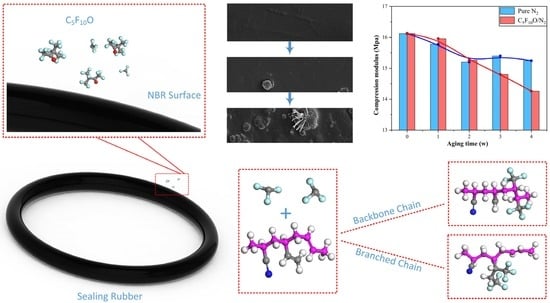Progress in Theory of Polymers at Interfaces (Closed)
A topical collection in Polymers (ISSN 2073-4360). This collection belongs to the section "Polymer Physics and Theory".
Viewed by 7129Editors
Interests: Theoretical Polymer and Biopolymer Physics; computer simulations in soft matter; Statistical Physics; polymers at interfaces; polymer networks; polymer solutions; polymer crystallization; polymers and nanoparticles
Special Issues, Collections and Topics in MDPI journals
Interests: polymer physics; computational physics; applied mathematics; stochastic differential equations; coarse-graining; biophysics
Special Issues, Collections and Topics in MDPI journals
Topical Collection Information
Dear Colleagues,
Macromolecules in the vicinity of interfaces, adsorbed, attached, or depleted from surfaces, subject to confinement, or as part of self-assembled structures, nanocomposites, or multiphase systems often exhibit properties that make them differ significantly from their bulk counterparts. Adsorbed and grafted polymers change the effective surfaces and interface properties significantly and lead to new properties, such as switchable surfaces and exceptional tribological and crystallization behavior. The conformation properties and phase transitions of polymers are strongly affected by the presence of one or more phase boundaries, and many of the resulting problems of statistical physics are not yet resolved, despite the fact that polymers at surfaces and interfaces play an integral part in polymer physics research and education today. There are a number of fundamental results for the adsorption and interface localization of flexible and semiflexible chains, polymers under confinement, and for the properties of adsorbed and grafted polymer layers. However, many important questions remain, and new problems emerge in the context of polymer/biological interfaces, the influence of monomer sequences in copolymers, depletion, tack and friction effects, or multicomponent solutions in contact with surfaces and interfaces.
This Topic Collection is concerned with the statics and dynamics, theory and simulation of polymers at interfaces and surfaces, including systems and phenomena listed below, in both equilibrium and out-of-equilibrium situations. The collection may thus also address polymers at interfaces subjected to flow, external stimuli, or fields. New methods to model polymers at interfaces can be reported as well. Ideally, contributions focus on fundamental results, theory developments, models, mechanisms, algorithms, statistical physics, conformational statistics, and/or applications that will help to compile the current state of the art and to highlight the range of application of polymers at interfaces.
Prof. Dr. Jens-Uwe Sommer
Prof. Dr. Martin Kröger
Collection Editors
Manuscript Submission Information
Manuscripts should be submitted online at www.mdpi.com by registering and logging in to this website. Once you are registered, click here to go to the submission form. Manuscripts can be submitted until the deadline. All submissions that pass pre-check are peer-reviewed. Accepted papers will be published continuously in the journal (as soon as accepted) and will be listed together on the collection website. Research articles, review articles as well as short communications are invited. For planned papers, a title and short abstract (about 100 words) can be sent to the Editorial Office for announcement on this website.
Submitted manuscripts should not have been published previously, nor be under consideration for publication elsewhere (except conference proceedings papers). All manuscripts are thoroughly refereed through a single-blind peer-review process. A guide for authors and other relevant information for submission of manuscripts is available on the Instructions for Authors page. Polymers is an international peer-reviewed open access semimonthly journal published by MDPI.
Please visit the Instructions for Authors page before submitting a manuscript. The Article Processing Charge (APC) for publication in this open access journal is 2700 CHF (Swiss Francs). Submitted papers should be well formatted and use good English. Authors may use MDPI's English editing service prior to publication or during author revisions.
Keywords
- interface-induced phase transitions
- brushes
- films
- pores
- confined geometries
- nanocomposites
- coatings
- adsorption
- chemisorption
- translocation
- depletion
- wetting
- crystallization
- wear
- friction
- scaling behavior
- field theories
- conformational statistics
- statistical polymer physics
- kinetic theory
- computer simulation
Related Special Issue
- Theory of Polymers at Interfaces in Polymers (22 articles)









